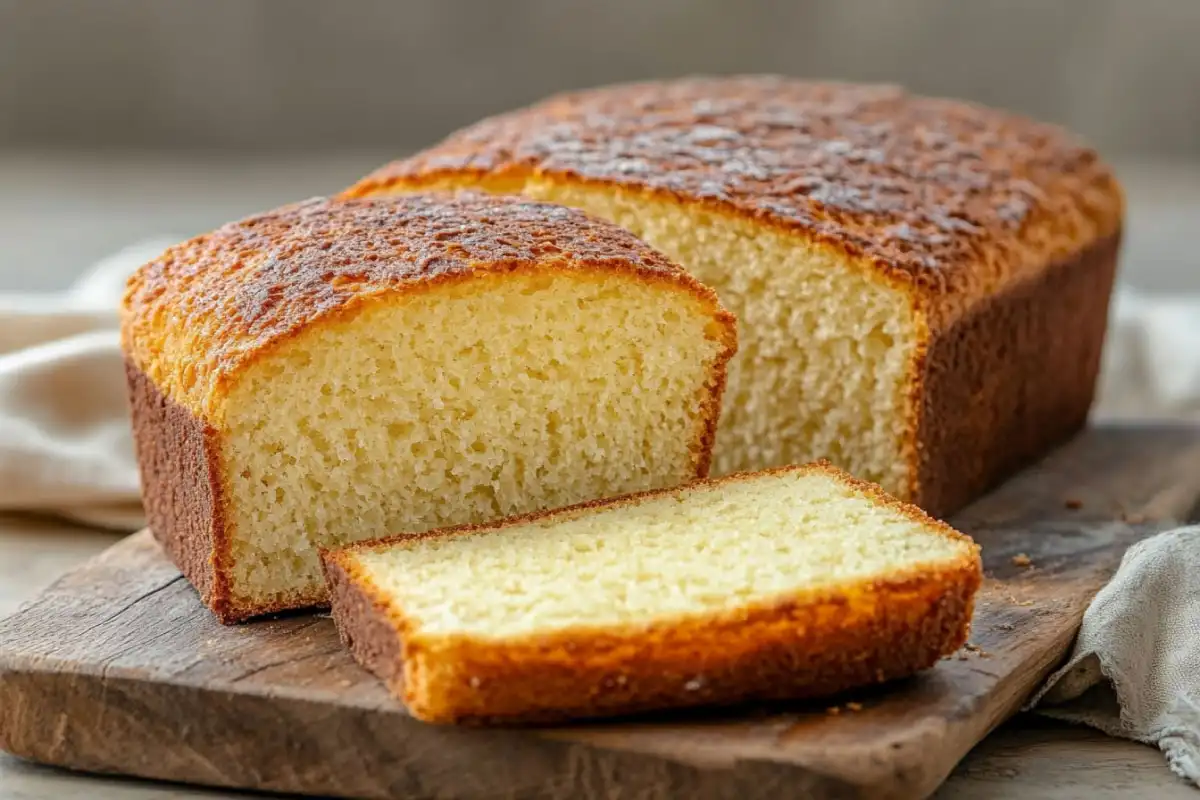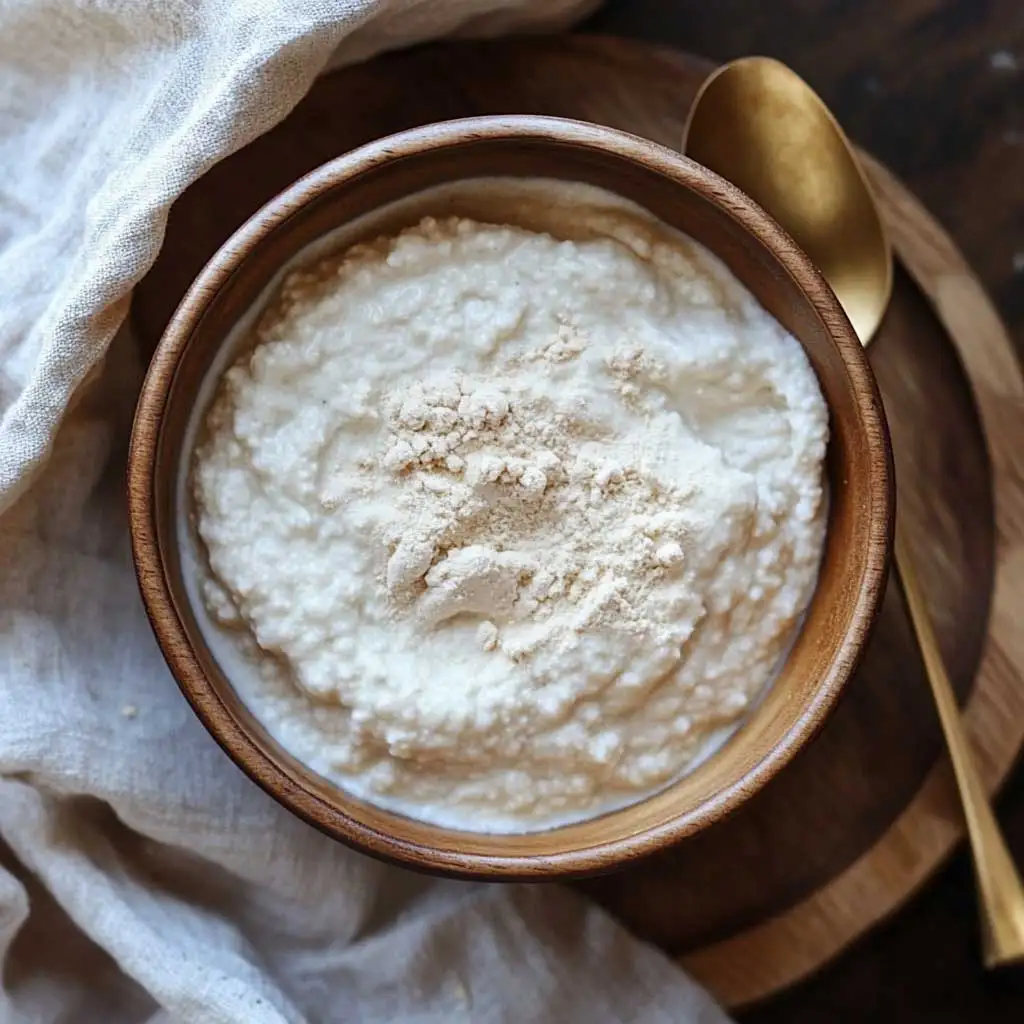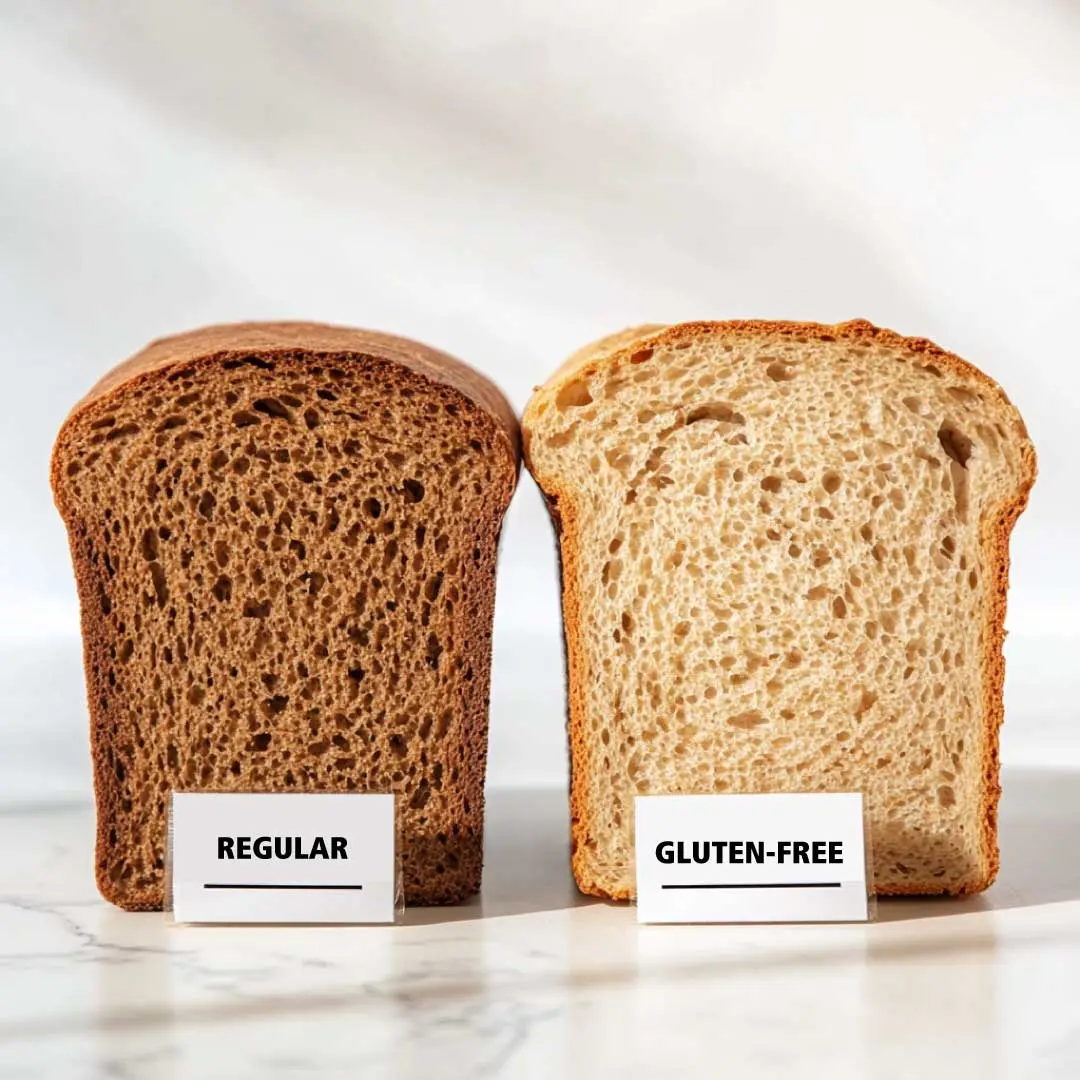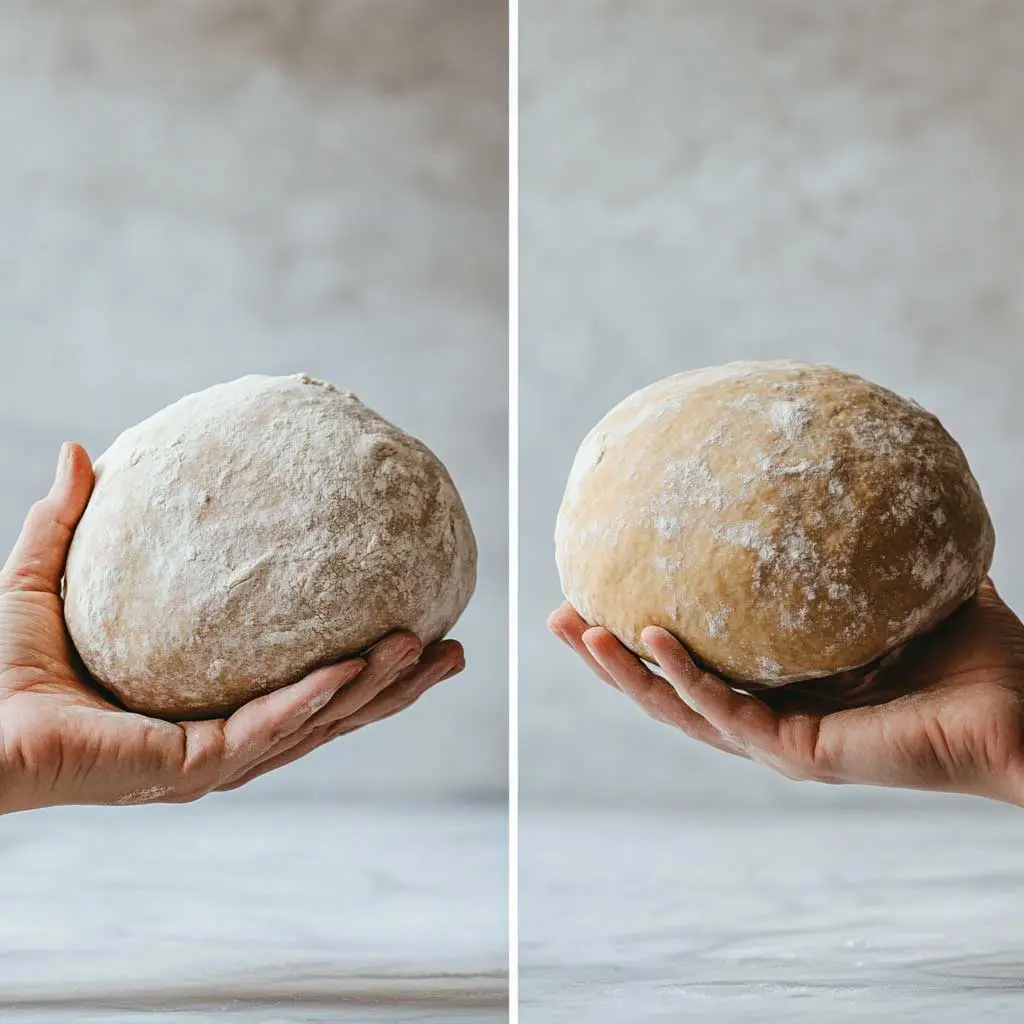
Let’s talk sourdough bread. Can you use almond flour when making sourdough bread? I think we can all agree there’s something magical about tearing into a warm loaf—a little tangy, with a crust that crunches just right and a tender, chewy center drenched in butter. It’s pure happiness in carb form. But if you’ve gone low-carb or keto, you might assume sourdough is off the table. I mean, let’s get real: traditional bread is basically the high-carb poster child. So, what if I told you there’s a way to keep the sourdough love alive and keto-friendly?
Enter almond flour sourdough bread.
Now, before you ask, Can you use almond flour when making sourdough bread?, the short answer is: yes—but there’s a catch. You can’t just grab your favorite sourdough recipe and throw in almond flour as a wheat substitute. It’s a whole different game with low-carb flours, and we’re about to break it all down. By the end of this post, you’ll know exactly how to recreate that sourdough goodness in a way that doesn’t blow your carb count. (And yep, it still tastes insanely delicious.)
Traditional Sourdough: Why It’s Not Keto-Friendly
Before we dive into keto territory, let’s take a closer look at why classic sourdough bread doesn’t pass the keto test. Sourdough’s love-it-or-leave-it flavor comes from a fermentation process where wild yeast and lactic acid bacteria break down sugars and gluten in wheat flour. This process actually lowers the overall carbohydrate count compared to regular bread, which is great—except it doesn’t lower it enough.
At the end of the day, that beautifully crusty slice still packs around 15–20 grams of carbs per piece (ouch). So, if you’re on keto, munching on a standard sourdough loaf is like handing your macros a pink slip. Hate to break it to you, but it’s not gonna fly.
But Wait… Is Keto Sourdough Bread a Thing?
Heck yes, it is! And it’s not some sad, tasteless imposter bread, either. Keto sourdough bread brings all the vibes of traditional sourdough without the carb-heavy baggage. By swapping high-carb wheat flour with almond flour and coconut flour, you can slash the carb count while keeping the bread flavorful, airy, and satisfying.
If you’re new to keto baking, though, heads up—it’s not quite the same as tossing white flour into a bowl and calling it a day. Almond flour, for instance, doesn’t have gluten, which is what gives bread its signature chew and structure. But don’t freak out! Ingredients like psyllium husk powder and, optionally, vital wheat gluten, step in to do the heavy lifting. (More on this later.)
Why Use Almond Flour for Keto-Friendly Sourdough?

Here’s the thing: almond flour is a VIP in low-carb and keto recipes. Why?
- Low in Carbs, High in Fats: Perfect for keeping your macros in check. Almond flour has about 2g net carbs per 1/4 cup, compared to the 22g in all-purpose flour.
- Nutrient Dense: Aside from being keto gold, it’s loaded with vitamin E, magnesium, and heart-healthy fats.
- Mild Flavor: Unlike coconut flour (which tends to steal the show), almond flour is subtle and lets the sourdough tang shine through.
But, remember, almond flour isn’t the answer by itself. It’s part of the keto bread equation paired with complementary ingredients to improve texture and structure.
What About the Fermentation Process?
You might be wondering: can you ferment a sourdough starter with almond flour? Absolutely—but it’s not the same as using wheat flour starters that rely on gluten to trap gas bubbles and create rise. Almond flour starters need a little assistance, which is why this keto sourdough starter uses a combination of almond flour, coconut flour, water, and just a pinch of sugar to kickstart the yeast.
And before you yell, “Wait, sugar’s not keto!”—let me stop you right there. Relax. The sugar is there to feed the yeast, and it gets consumed in the fermentation process. What’s left behind is the tang and rise you want in sourdough bread—minus the carbs.
The Secret Ingredients for Keto Sourdough Success
Here’s your cheat sheet for making the magic happen:
- Almond Flour: Forms the base and adds richness without the carbs.
- Coconut Flour: Absorbs liquid and balances almond flour’s density.
- Psyllium Husk Powder: This is your gluten stand-in, making the bread stretchy and chewy.
- Vital Wheat Gluten (Optional): Not for gluten-free folks, but incredible for getting close to the structure of real bread.
- Eggs: Act as a binder, keeping everything from crumbling.
- Sourdough Starter: The MVP for that tangy flavor and natural rise.
Recipe: How to Make Keto Sourdough Bread with Almond Flour

You’ve waited long enough. Here’s how to create a loaf of keto sourdough that’s as close to the real deal as possible.
Ingredients
For the Starter:
- 1 cup (96g) almond flour
- 1/4 cup (24g) coconut flour
- 1/2 tsp sugar (gets fermented away—don’t skip this!)
- 1/3 cup warm water
- 1/4 tsp active dry yeast
For the Bread:
- 2 cups (192g) almond flour
- 3 tbsp (45g) coconut flour
- 2 tbsp (14g) psyllium husk powder
- 1 tbsp (12g) vital wheat gluten (optional but awesome)
- 1/2 tsp salt
- 2 large eggs
- 1/4 cup (60ml) warm water
- 1/4 cup (60ml) olive oil
- 1/2 cup of your sourdough starter
Instructions
- Make the Starter: Combine starter ingredients in a jar, cover loosely, and let ferment at room temp for 24–48 hours. Done when it’s bubbly and smells slightly sour.
- Mix Dry Ingredients: Combine almond, coconut flour, psyllium husk, salt, and vital wheat gluten in a bowl.
- Mix Wet Ingredients: Beat eggs, stir in olive oil, water, and starter.
- Combine It All: Gradually add wet mix into the dry. The dough will be soft but not sticky. Let it rest 10 minutes to thicken.
- Shape and Proof: Form dough into a loaf, cover, and let rise 2–3 hours.
- Bake: Preheat oven to 375°F (with a Dutch oven or baking stone inside). Bake the bread for 40–50 minutes.
- Cool: Let it cool completely before slicing—seriously, it’s worth the wait.
Storing Almond Flour Sourdough Bread
Once baked, store your keto sourdough at room temp for up to 3 days in a sealed container, or refrigerate for up to a week. Want to meal prep it? Slice and freeze, so you can toast individual pieces when the bread cravings hit.
Final Thoughts
So, can you use almond flour when making sourdough bread? 100% yes—you just need to approach it with the right techniques and ingredients. The result? A tangy, crusty loaf that scratches that bread itch without breaking your carb budget.
If this concept excites you, don’t miss my Keto Sourdough Bread: A Low Carb Dream Come True—trust me, you’ll love the taste and the macros!
Now, get that starter bubbling and preheat the oven—you’ve got a low-carb sourdough masterpiece to create!


















